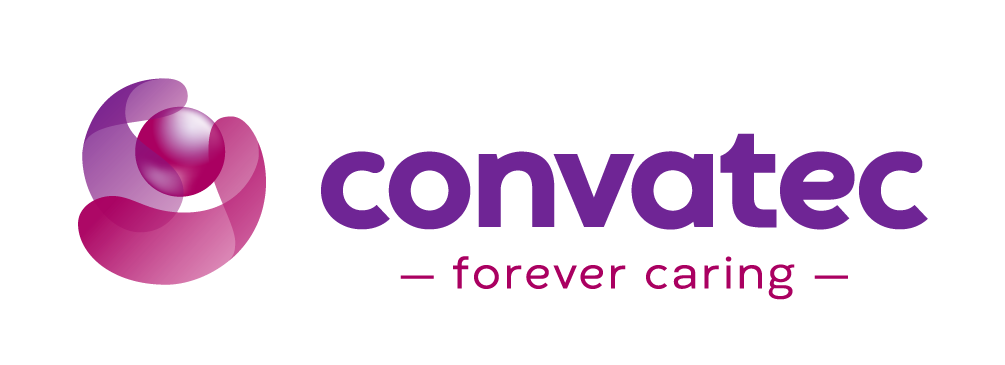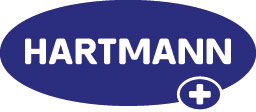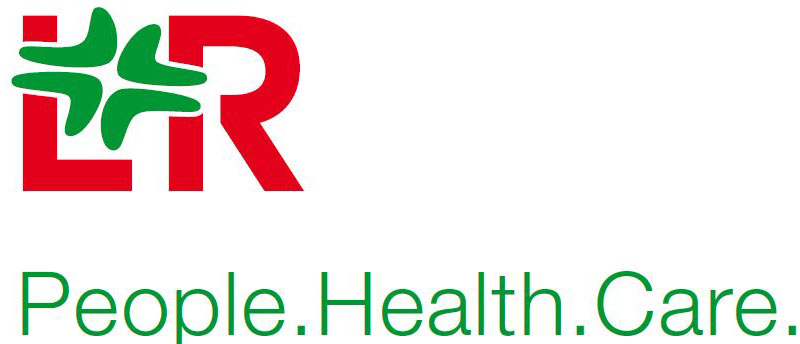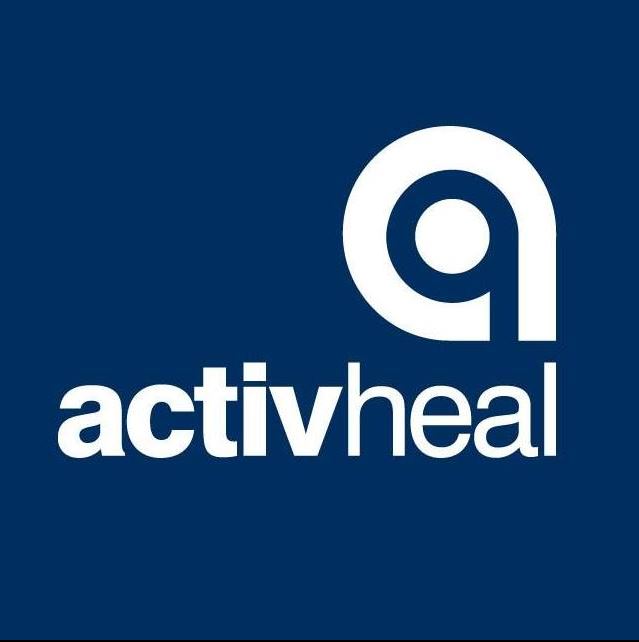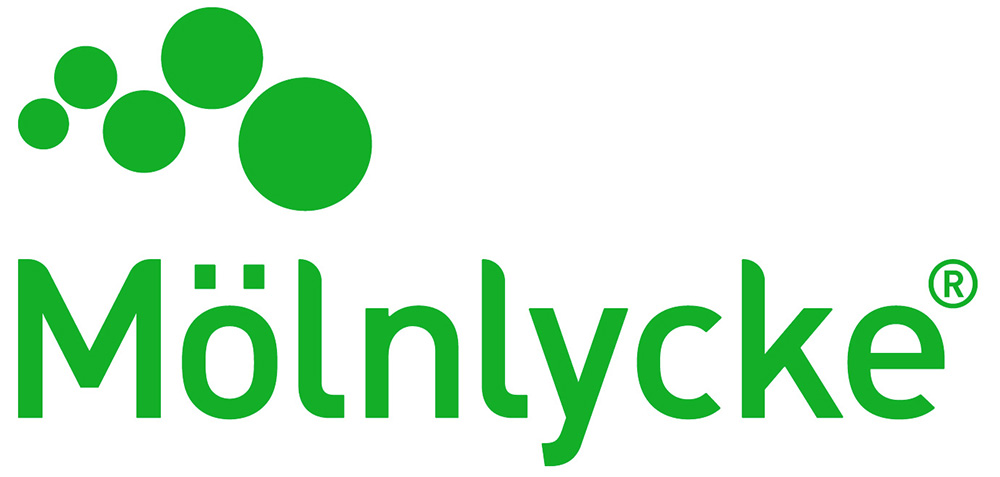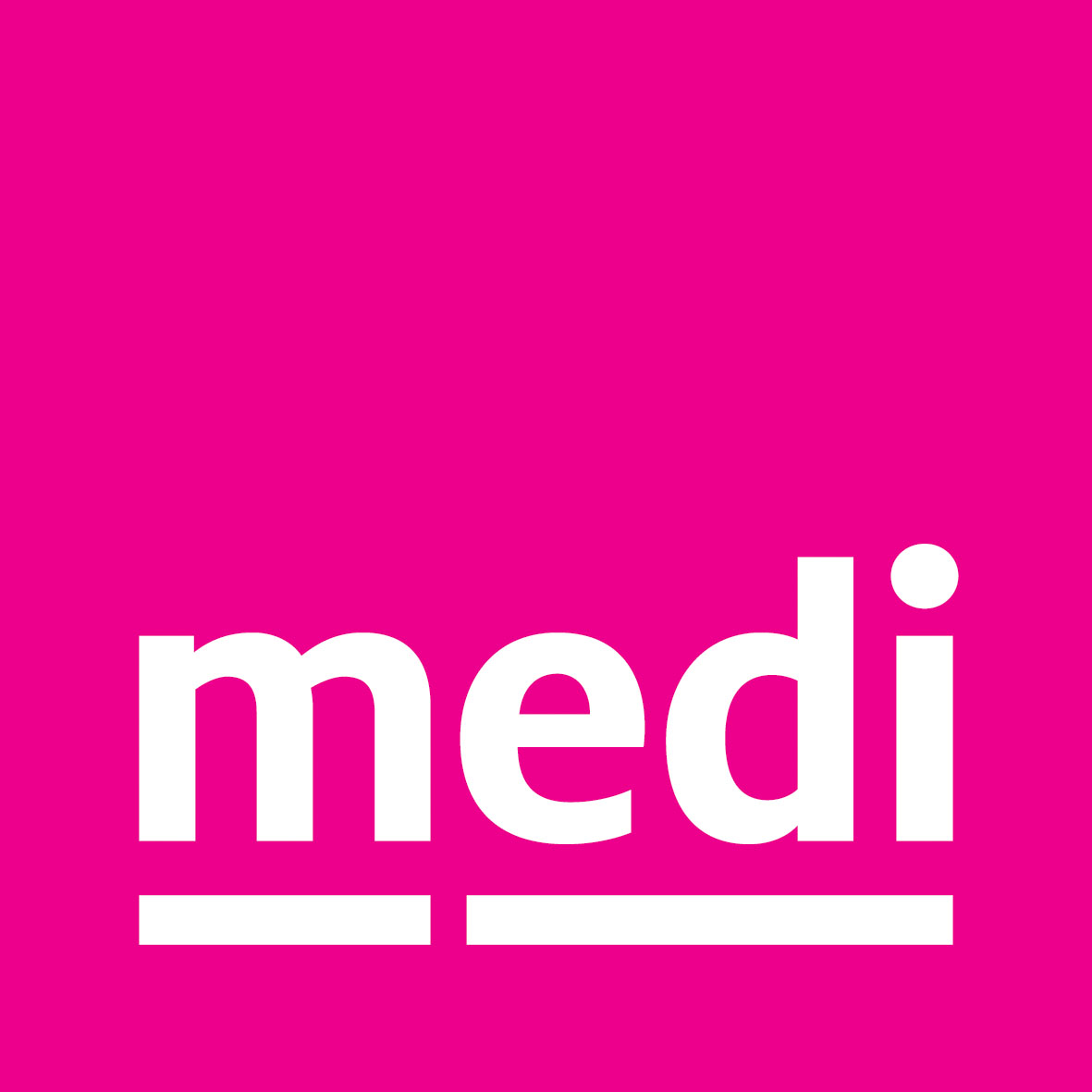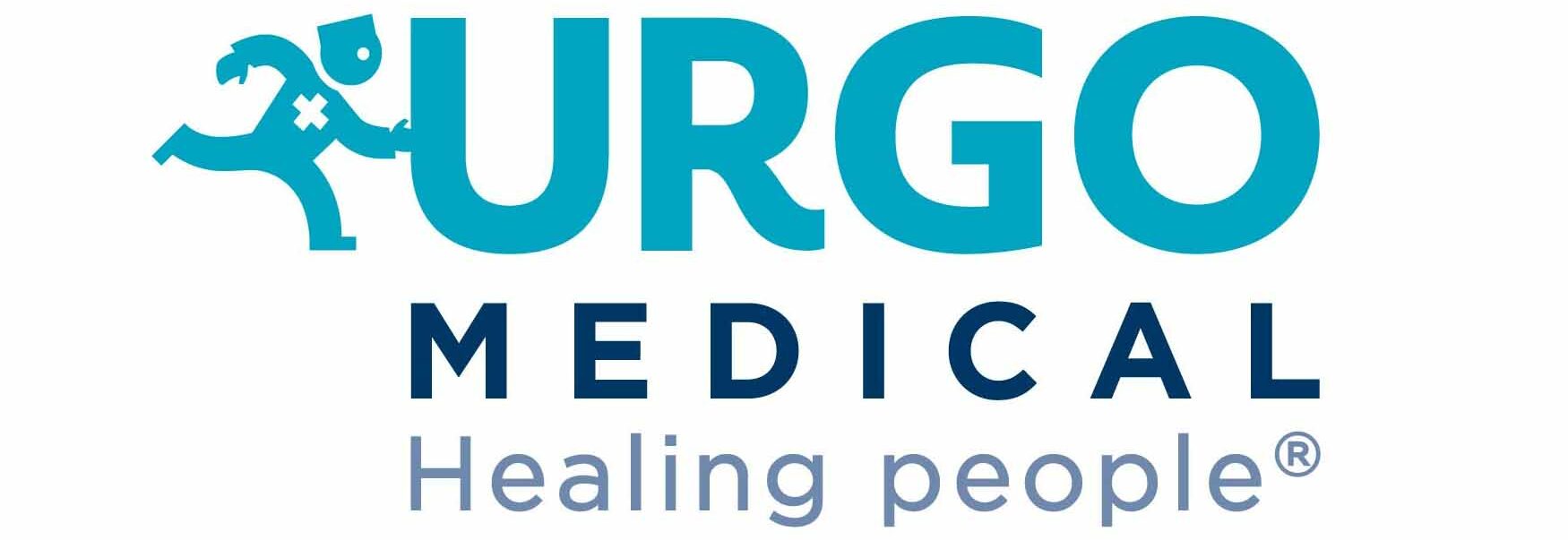Katie Leek
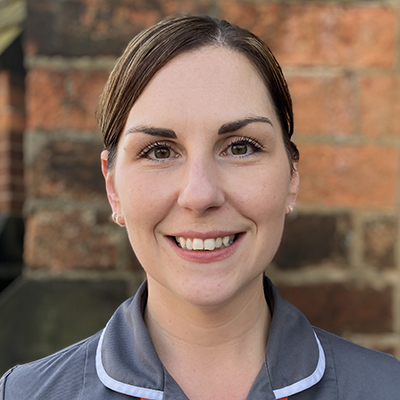
Katie qualified as a registered Nurse in 2010 where she started her journey within neurosciences. Here she developed into a quality role, focusing on patient safety and Quality improvement projects.
In 2015 she pursued her passion and started working as a Tissue Viability Nurse. Over the last 10 years she has been involved in a number of projects to support and improve Wound healing and Continence management. She has also successfully published articles related to this field.
She feels very privileged to hold the role of Tissue Viability and Continence Lead, which has given her the opportunity to work in collaboration with key stakeholders to standardise practice and improvement patient outcomes.
Free Paper and Poster Presentation (QI/Service Development) at The Society of Tissue Viability 2025 Conference
Clinical audit identifying compliance with wound assessment within an acute setting
Abstract
Background – Throughout the acute trust, a lack of standardised wound assessment in all clinical areas was acknowledged through clinical audit and investigation reporting. In addition to this, a CQC recommendation was made to improve on this standard of care. It was observed that this lack of clinical assessment often led to delays in providing evidence-based treatment, poor dressing selection, increase in demand from specialist teams for non complex wounds and delays in identifying complications.
The Professional Standards Record Body and National Wound care Strategy highlight a standard approach to wound assessment as a necessary process to ensure evidence-based practice, continuity of care, timely assessment and referral.
Methods – A clinical audit of a dressing clinic concluded that there was a lack of standard approach to wound assessment. This led to a wider audit of inpatient and outpatient areas which included, Plastic Surgery, ENT, Maxillofacial, General Surgery, Orthopaedics and Medicine to ascertain if there was an unwarranted variation within the documentation.
A nationally recognised approach to wound assessment (TIMES) and wound measurement were used as benchmarks to highlight if a standard approach to wound assessment had been adopted.
Results – The primary audit of the dressing clinic revealed that only 21% of wounds had documented measurements and out of a potential 234 wounds, only 28 had all aspects of the TIMES assessment completed.
The wider audit revealed that 47% of wounds were documented in the nursing notes. However, 0% of the wounds reported had a structured wound assessment completed in line with the TIMES framework or wound measurements.
Conclusions – The audit results indicated that approaches to wound assessment were variable across all clinical areas and that a structured approach had not been adopted.
The next steps would be for the authors to work in collaboration with the clinical areas to develop a digital wound assessment that would promote standardisation, continuity of care, timely and appropriate referral and escalation.

